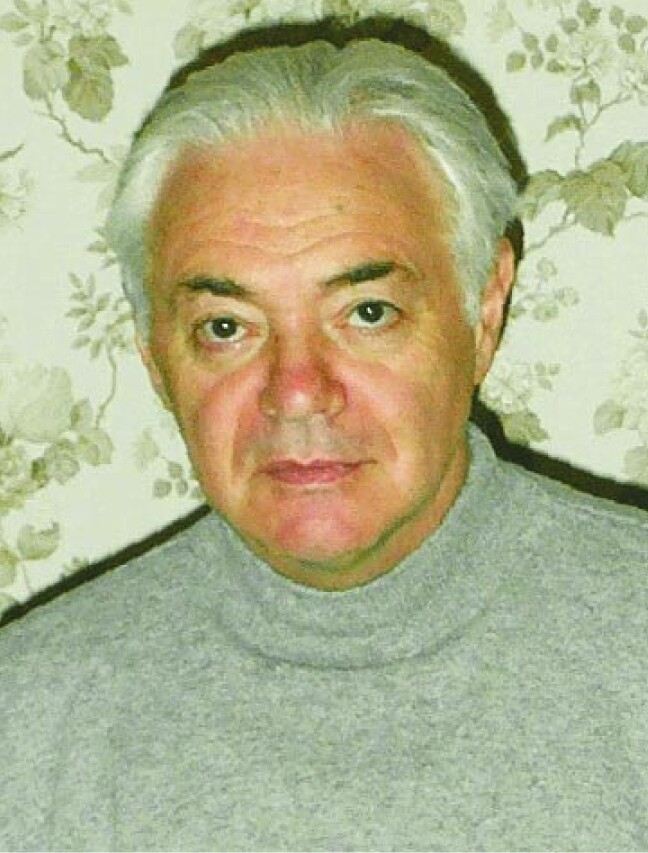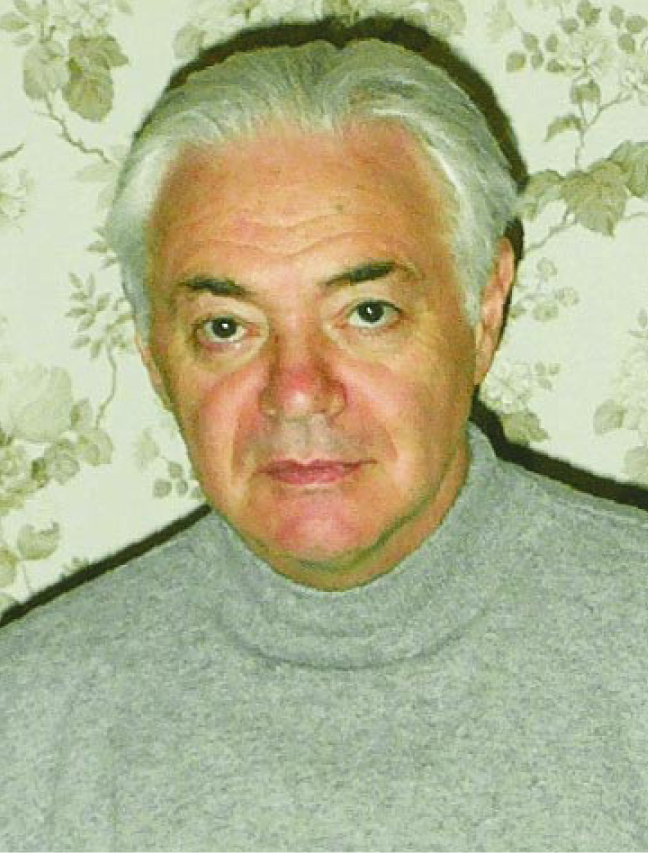Yuri Ilich Galperin
DOI: 10.1063/1.1510293
Yuri Ilich Galperin, a space research pioneer, died in Moscow on 28 December 2001 of a heart attack.
Galperin was born in Moscow on 24 September 1932. His father was a professor of languages, and although Galperin showed an early talent for literature and languages, he chose to study astronomy when he entered Moscow University. His teacher and mentor was Iosif Shklovsky, a creative astronomer still remembered for his work on the Sun and in radio astronomy. Shklovsky’s irreverent style—his stories are collected in Echelon, translated from Russian as Five Billion Vodka Bottles to the Moon (W. W. Norton, 1991)—earned him trouble with authorities but admiration from students, and Galperin throughout life tried to emulate that style. He earned his kandidat degree (like a PhD) from Moscow University in 1959. He was awarded his doctorate in 1968 and his professorship in 1983, both from the Shternberg Institute of Astronomy.
Another mentor was Valerian Krassovsky, who helped develop infrared sensors for the Soviet army during World War II and later (on his own) provided astronomers with that technology for surveying the sky in the infrared. After graduation, Galperin failed to find work at any research institute of the Soviet Academy, and Krassovsky therefore arranged for him to be posted to an arctic station to study the aurora borealis, which he did in 1955–58. Before then, scientists had observed only five to six proton auroras, but Galperin added 17 more.
Astronomer friends thought he had been sidelined, studying such an uninteresting thing as the aurora. But attitudes changed after October 1957, when Sputnik was launched. By then Krassovsky was designing a scientific spacecraft, meant to be Sputnik 1 (but slipping to Sputnik 3), and he invited Galperin to join him—provided Galperin gave some other scientist the sophisticated auroral spectrograph he had built. Galperin never hesitated, and after the launch of Sputnik 3 in May 1958, became deeply involved in explaining its observations of the radiation belt.
Krassovsky was also responsible for Kosmos 3 and 5, but ultimately passed them to Galperin. “I am the richest man on Earth,” Galperin would say. “I had seven satellites”—Kosmos 3, 5, 261, and 348, and three Aureol satellites from a Soviet–French collaboration. In the early years, Galperin focused on low-energy electrons produced by sunlight in the high atmosphere; those electrons had to be preaccelerated by 3 000 to 11 000 volts before reliably registering in the detector.
Kosmos 5 was in orbit in 1962 when the US warned all ships to stay far from Johnson Island, west of Hawaii, because a hydrogen bomb would be detonated above the atmosphere there. The Soviet military asked Galperin’s help in observing the explosion. Kosmos 5, although designed for different observations, was the only satellite available, but it had to be given a command when far from Soviet territory. Galperin prevailed on the military to send that command from somewhere in the Atlantic. Although the explosion was below its horizon, Kosmos, above Korea, observed the delayed effects.
Kosmos 261, meant to observe the particles of the polar aurora, was scheduled for a December 1968 launch and could not be delayed. But the cosmodrome for orbits reaching the polar region was not ready, and orbits from the existing one at Kaputsin Yar barely grazed the auroral zone. Galperin salvaged the mission by turning it into a collaboration with scientists of Eastern bloc countries, training them on space instrumentation. His successful spacecraft paved the way for Russia’s collaborative “Intercosmos” missions.
In 1967, Galperin’s lab became part of the newly created Space Research Institute (IKI) in Moscow. At first, the change was merely organizational: IKI’s facilities still had to be constructed, and Galperin’s lab, producing instruments for Kosmos 348, was temporarily housed in the basement of a Moscow apartment building. On the October Revolution holiday, Galperin received a phone call at home from a very upset colleague: “Yura, there is no laboratory any more.” A major water main had burst and flooded the lab and “even cars were … just swimming in water.” Firefighters pumped out the water, but all instruments, including some for manned spacecraft, were dirty.
Galperin decided to try to rebuild everything. He traveled to Dnepropetrovsk in the Ukraine, where the spacecraft was being built, and asked the chief engineer for a three-month grace period. She readily consented, and later granted a second extension, but this time with a firm deadline. That deadline was barely met, but the satellite, launched in mid-1970, worked well.
At IKI, Galperin headed the Auroral Laboratory, and, after 1976, chaired the department for space plasma physics, for several years. More recently, he was active in Inter-ball, a four-satellite mission that simultaneously observed both the distant regions of Earth’s magnetosphere, where auroras are initiated, and the polar cap, where auroras come down. He was also active in planning a proposed multiple spacecraft mission called “Roy” (in English, swarm) and had just returned from a scientific visit to Japan when he died.

Yuri Ilich Galperin

More about the Authors
David P. Stern. Greenbelt, Maryland, US .
